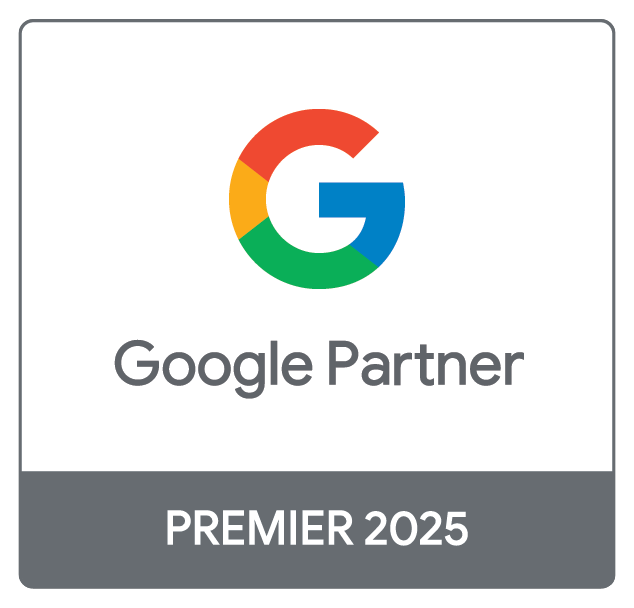Do you know the differences between a colon and a semicolon? Should you capitalise job titles? SEO isn’t super strict about grammar, but it’s important to get it right for the benefit of your visitors. Grammar rules can be confusing to even the most experienced copywriter and an errant capital letter or misplaced apostrophe can be very annoying, so we’ve created this handy guide to break down the dos and don’ts of dots and dashes.
Hyphen
A hyphen is used to connect two words together to show they have combined meaning or connection.
You should hyphenate when:
- Words have combined meaning
- Examples: family-owned, well-known, pick-me-up
- Words are prefixed
- Examples: self-made, ex-girlfriend
- A noun follows a compound adjective
- Example: made-to-measure blinds
- DO NOT use when the noun precedes the adjective
- Correct example: our blinds are made to measure
Capitalisation
Capitalise the first letter of a word at the beginning of a sentence, or at the start of a proper noun.
You should capitalise when:
- Writing names, organisations, brands, locations
- Examples: we stock Venetian blinds (Venetian = Venice)
- A person’s profession is used as a title
- Doctor John Smith
- DO NOT capitalise when someone’s profession is not used as a title
- Correct example: John Smith is my doctor
- AVOID using random capitals for emphasis
- Incorrect example: we are Experts in innovative Solutions
Apostrophes
An apostrophe is used to signify a missing letter or denote a possession.
Use an apostrophe when:
- Showing possession by a person
- Example: John’s bike
- Possession is denoted by a plurality of people or objects, so the apostrophe goes at the end of a word
- Examples: The workers’ talents, we have 30 years’ experience
- The name or object possessing ends in s. The apostrophe goes at the end of the word
- Example: James’ hat
- DO NOT use an apostrophe for plural abbreviations or dates
- Incorrect example: FAQ’s, MOT’s, 1980’s
Colons & Semicolons
Colons and semicolons are used to join two related sentences.
Here are some rules:
- Use a colon, followed by a clause, to further explain, illustrate or paraphrase a word or ideal mentioned in the first clause
- Example: I discovered the perfect food: chips with gravy
- Use a colon to introduce a list
- Example: The recipe includes: eggs, butter, flour, chocolate
- Use a semicolon to indicate a soft pause between two related complete sentences
- Example: I went to the park; it was fun
- Use a semicolon to separate items in a list when the items themselves contain commas
- Example: People at Adtrak: Dan, the copywriter; John, the internet marketer; Ash, the manager

